The Sewing Pattern Tutorials 10: choosing a sewing pattern for your body shape

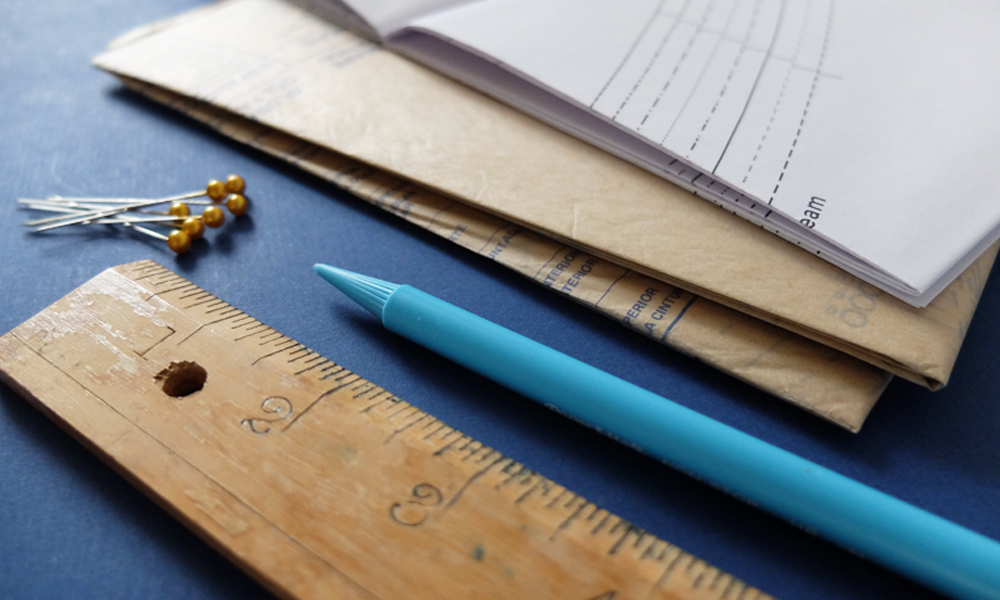

A BEGINNER’S GUIDE: CHOOSING A SEWING PATTERN FOR YOUR BODY SHAPE
The Sewing Pattern Tutorials is a year-long FREE sewing course where we will demystify dressmaking patterns. We’ll begin with the basics so that if you are new to sewing you can join in from the start. We also know that lots of you want to learn new sewing skills so as we progress we’ll begin to cover more complex topics so that you will finish with the skills needed to deal with fitting problems too. In each post we will also have a sewing jargon busting section explaining any terms used that might be confusing. We’ve already covered the pattern envelope, now we are moving onto using and fitting your sewing patterns. This week we talk through how to choose a sewing pattern for your body shape by looking at the shapes that designers draft for. Catch up on previous posts in the series here.
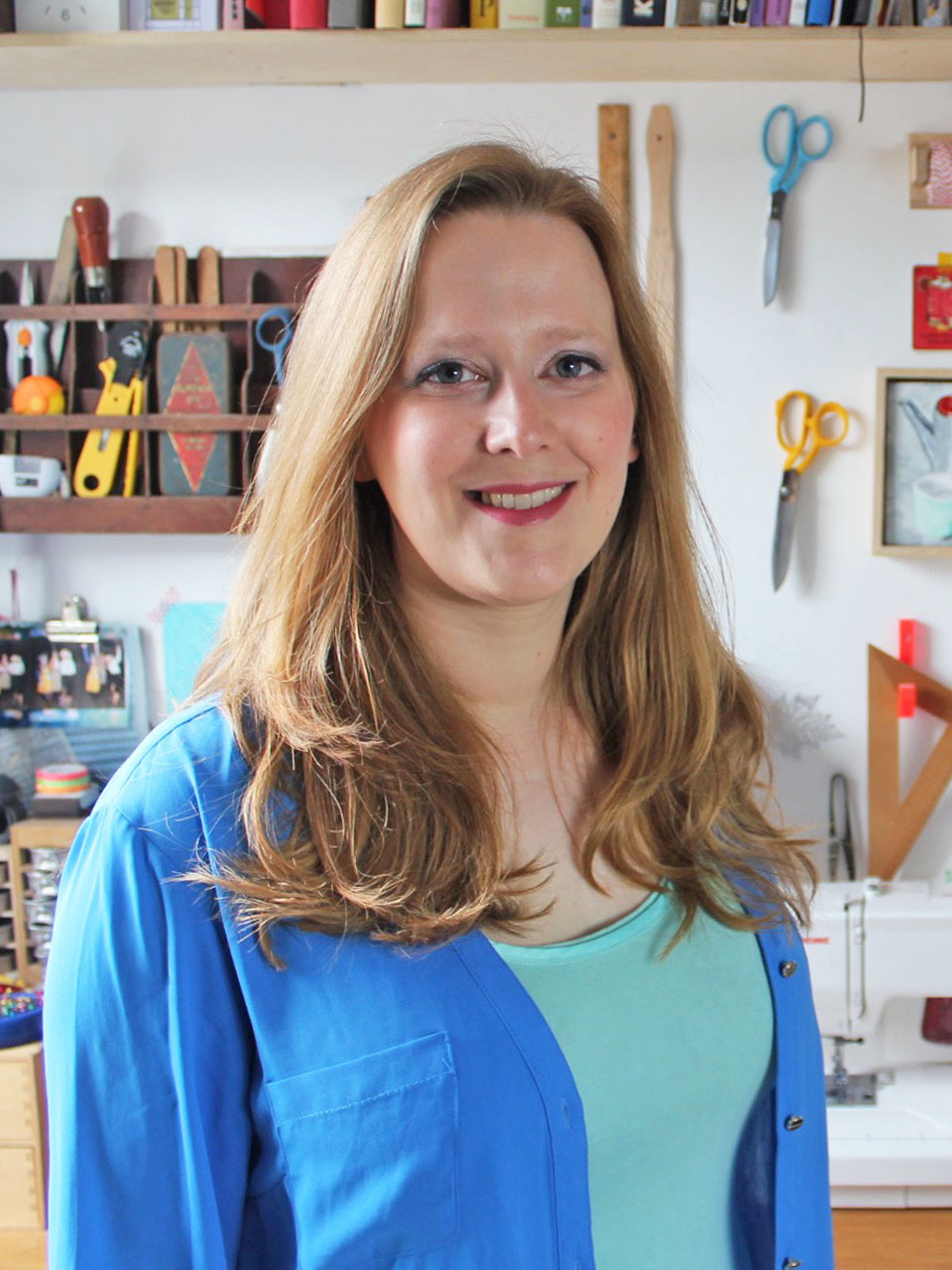
Hi, it’s Rachel here on the blog today with the next instalment of our popular Pattern Tutorial series. This week we are talking about the different shapes that sewing pattern are drafted for. We’ve include some FREE to download charts so you can compare different sewing pattern designers.
This blog post was inspired by makers in our Facebook group who were chatting about pattern designers and the types of bodies they draft for. We all thought it would be helpful to bring this information together in a handy post so that you can discover which designers might suit you.
Size charts
If you are new to sewing or have been sewing for a while, you’ll have noticed that most sewing patterns list three basic measurements to help you choose the size to sew. These are bust, waist and hip and we explain a bit more about these below. Download your FREE beginner body illustration to mark on your body measurements from our previous Pattern Tutorials blog post here. Choose the body shape that you identify with most and print out a copy. Alternatively if you are a more experienced maker, scroll down this previous post to download a chart with 14 measurement.
Bust – this is the measurement around your body across the fullest part of your bust, often your nipples. Make sure you keep the measuring tape straight as you record the number so that it doesn’t dip at the back. Check this in a full length mirror. It’s useful to wear your typical day-to-day bra when taking this measurement.
Waist – this is the measurement around your body at the narrowest part of your torso. If you are having difficulty finding your waist, stand tall and lean over to one side – the point where your body bends is your waist. Sometimes it can help to tie a piece of string or ribbon around your waist to find the right position.
Hip – your hip measurement is taken around your body at the fullest point of your hips/bottom. It’s probably lower down than you think and not around the top of your hip bone.
Notes about our body shapes
In this post we’ll be focusing on designers who primarily draft for women. Our body shapes are all wonderfully unique and one of the joys of sewing is the ability to make alterations to garments so that they fit us. Making alterations to patterns does take time and experience though so in this post we’re trying to bring together information about the basic range of shapes independent designers draft for, into what we hope will be a useful comparison chart.
In our Facebook group many of you were sharing your favourite designers and how their pattern drafting works for your body shape. If you’ve been sewing for a while you may have discovered designers that are a better fit for your body shape than others. As is the case for most of us, you probably won’t match exactly the classic body shapes referred to below but instead you can use this as a starting point to think more about style and shape. It’s also unlikely that there is a designer who drafts exactly for your body shape and style preferences but hopefully you will discover some new designers that could work for you.
Body shape morphology
During our research comparing size charts, cup sizes and other measurements that have been used to draft sewing pattern collections, we regularly came across these classic terms to describe some women’s body shapes. If you are a beginner maker you might be wondering what these are and what they mean. We have put together an illustration of five regularly used terms that represent the body shapes of some women. As mentioned above, you might not feel that these descriptions are relatable or apply to you but we have included them for reference. They are a useful starting point to work out the type of alterations you may need to make when sewing with patterns from different designers. You can download a copy of this body shape chart by clicking here.
Comparing pattern designer size charts and blocks
Below we have brought together a chart that compares the sizes patterns are drafted for from a selection of designers in the sewing community. This is a work in progress as there are around 300 pattern designers worldwide now! We have listed their size ranges and how this approximately translates into UK sizes. If you would like to learn more about size charts in general, take a look at our previous post on size charts and finished garment measurements.
The classic body shapes in the chart do not mean that if you aren’t this body shape the pattern won’t work for you but you will probably need to make more alterations to get a good fit. For example, my body measurements are bust – 39″, waist – 30″, hips – 40″ and I have an hourglass body shape but I can make By Hand London patterns (pear shaped) by doing a full bust adjustment for each pattern. I have made several of their patterns now and this is the only alteration i’ve needed to make each time.
Also the style of a pattern will affect whether you can easily get a good fit or not, so always check the finished garment measurements to find out how much ease there is at the bust, waist and hips and how this compares to your measurements. For example, if you are apple shaped and the pattern is a 1950s style dress fitted at the waist, you could grade out from the bust to the waist and hips to the waist. Alternatively there may be other styles of garment that you prefer, such as a cocoon coat, which may require less fitting alterations because there will already be more ease at the waist as a part of the design.
All sewing patterns are drafted from a basic ‘block’ of pattern pieces and the measurements in a designer’s size chart reflect this block. Each designer may spend months developing their ‘block’ initially and make changes to it over time. Using a block means that all the patterns from a designer start off from the same point. By adding style features and experimenting with ease, the shape changes to produce the pattern that finally ends up on your sewing table.
Our bodies are diverse and so are our experiences of using different patterns and experimenting with style. Sewing is all about creativity and we would always encourage you to try as many new styles, hacks and ideas as possible to create a handmade wardrobe you love!
UK sizes – to make the information comparable we have taken a UK size 12 to have 30″ waist and 40″ hips with basic increments of 2″ for other sizes as this was the average across all designers (bust sizes vary much more across size charts). The sizes listed on the designers’ pattern charts may be different if they have used a different reference point, especially if they draft their patterns outside of the UK.
Download a FREE PDF copy of the charts for pattern designers A – I and J – Z here.
A focus on pattern cup sizes
We also thought it would be useful to compare an additional range of measurements including the height designers draft for and whether different cup sizes are included. Most patterns are drafted to be suitable for a B or C cup. In sewing patterns, cup size is the difference between your full bust and upper/high bust measurement (note: this is not the same as bra size).
Upper bust – this is the measurement around your body that is taken above your bust. Keep the measuring tape straight and measure just under your armpits. If you have a larger or smaller bust than the typical B/C cup, this will be useful to know for doing full or small bust adjustments to bodices.
To calculate your pattern cup size, follow the method above to measure your upper bust. Next subtract your upper/high bust from your full bust measurement and use the list below to work out your pattern cup size.
Pattern cup size = full bust – upper/high bust
1″ = A cup
2″ = B cup
3″ = C cup
4″ = D cup
5″ = DD cup
6″ = DDD cup
Searching for patterns
If there is a new pattern designer you would like to try you can find patterns they have released in our database. Use our search tool to browse our sewing pattern shop for style inspiration. Select any of the options from the search tool to narrow down the results. You can choose from options including: garment, designer, size, price, sewing level or fabric type. Plus you can also select for stock status, PDF or PAPER format and whether the sewing pattern has been designed by an independent or commerical company. Watch our video above on how to find your next sewing project.
Saving pattern ideas
If you find sewing patterns that you like the look of you can save them to wish lists and pattern libraries in your Fold Line account. Watch our video to create multiple wish lists and pattern libraries to record all the sewing plans you are creating!
Related posts
1 thought on “The Sewing Pattern Tutorials 10: choosing a sewing pattern for your body shape”
You must be logged in to post a comment.

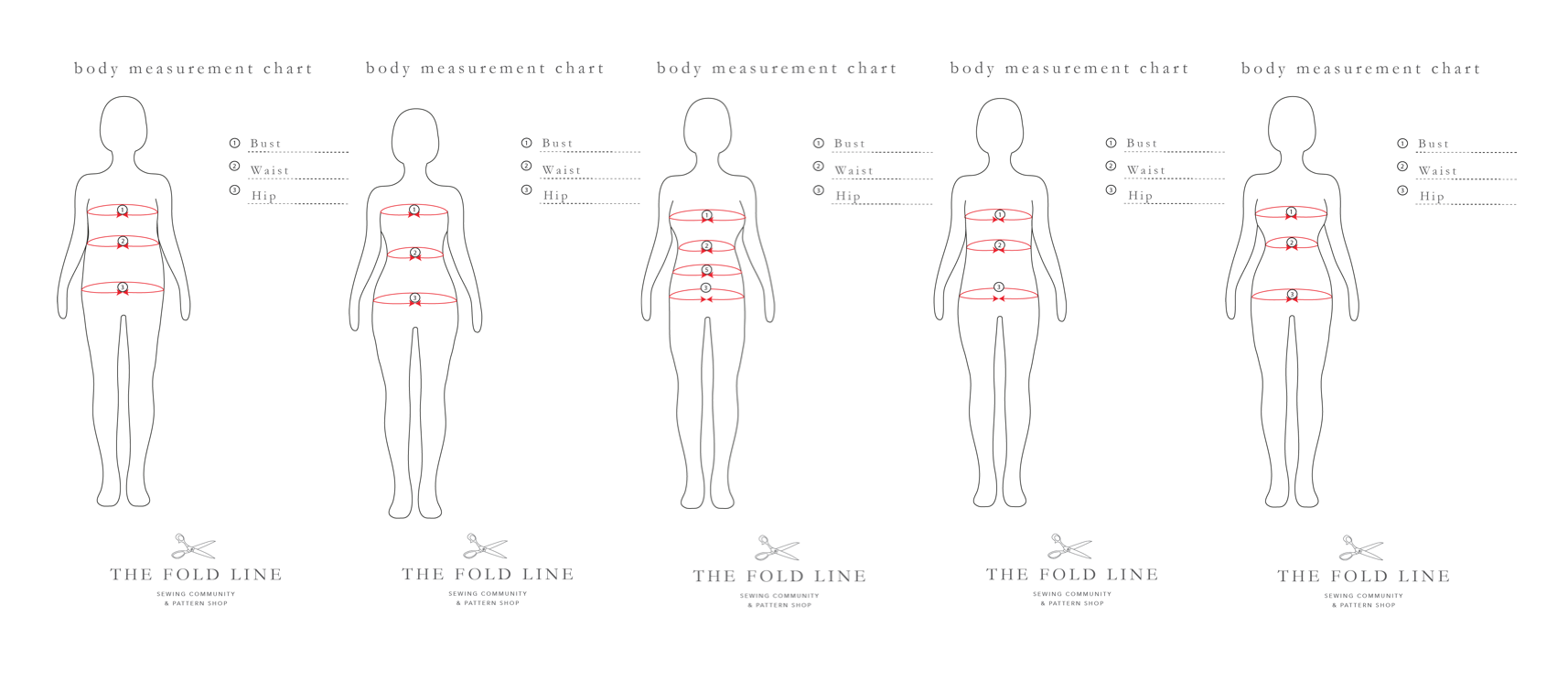
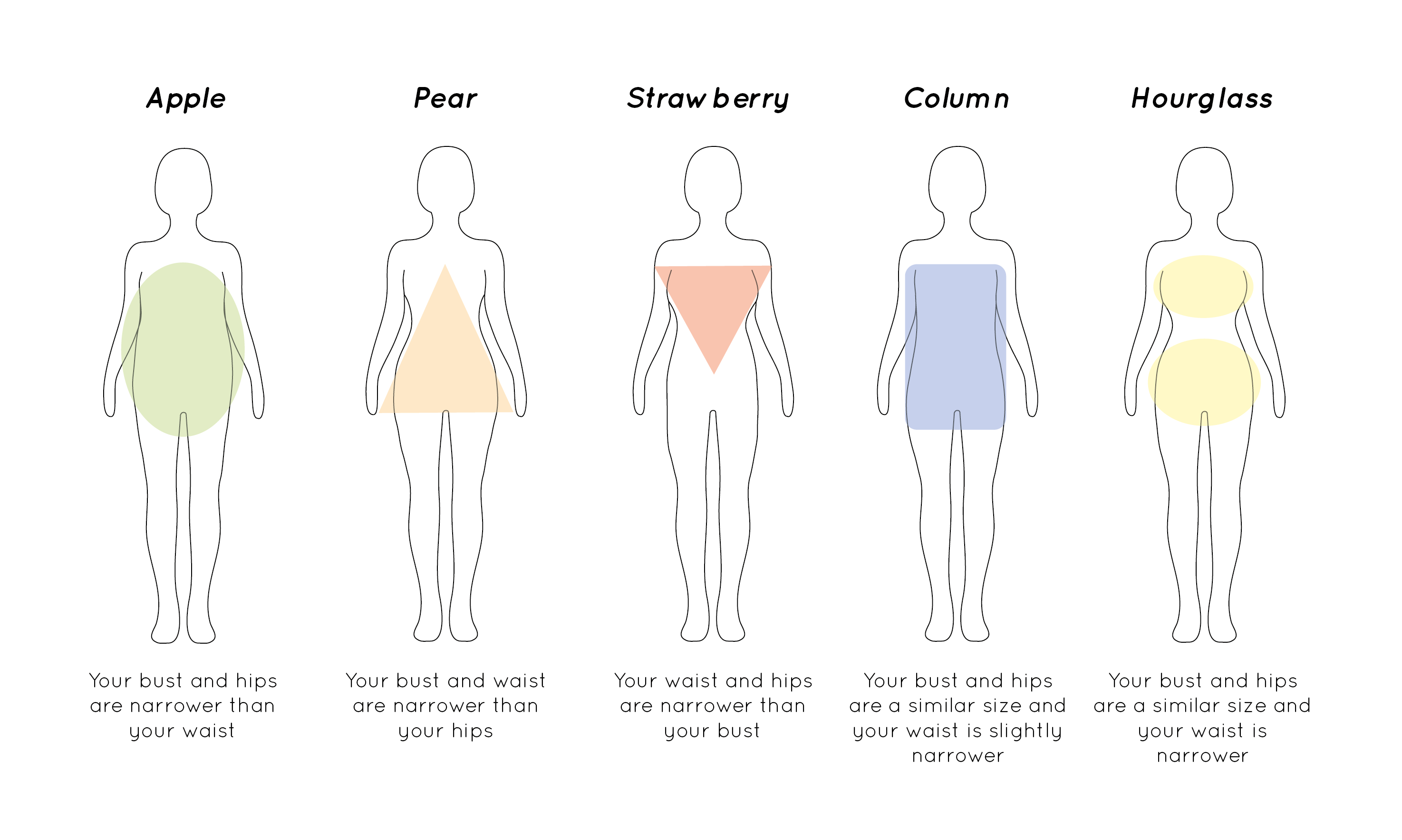
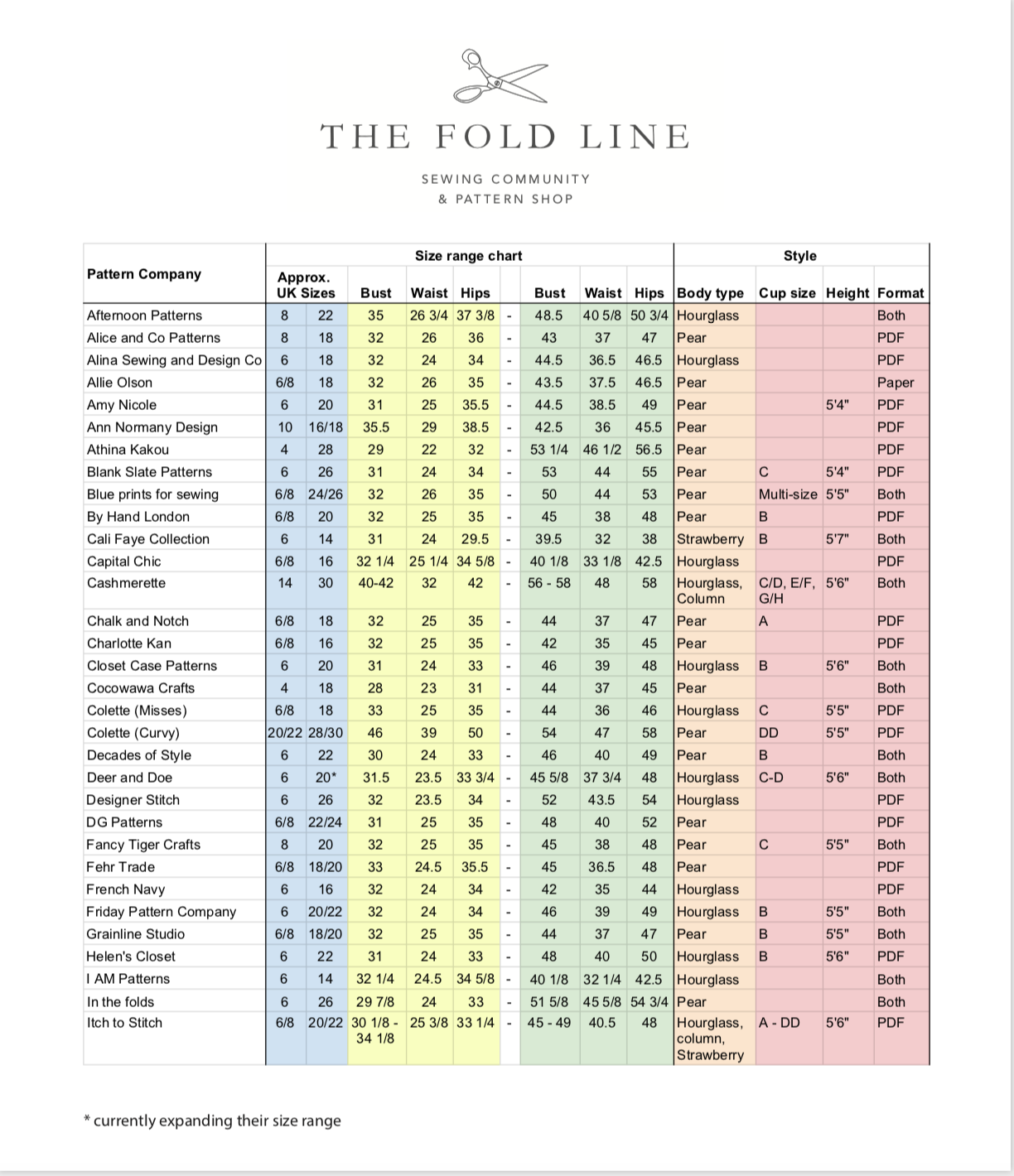
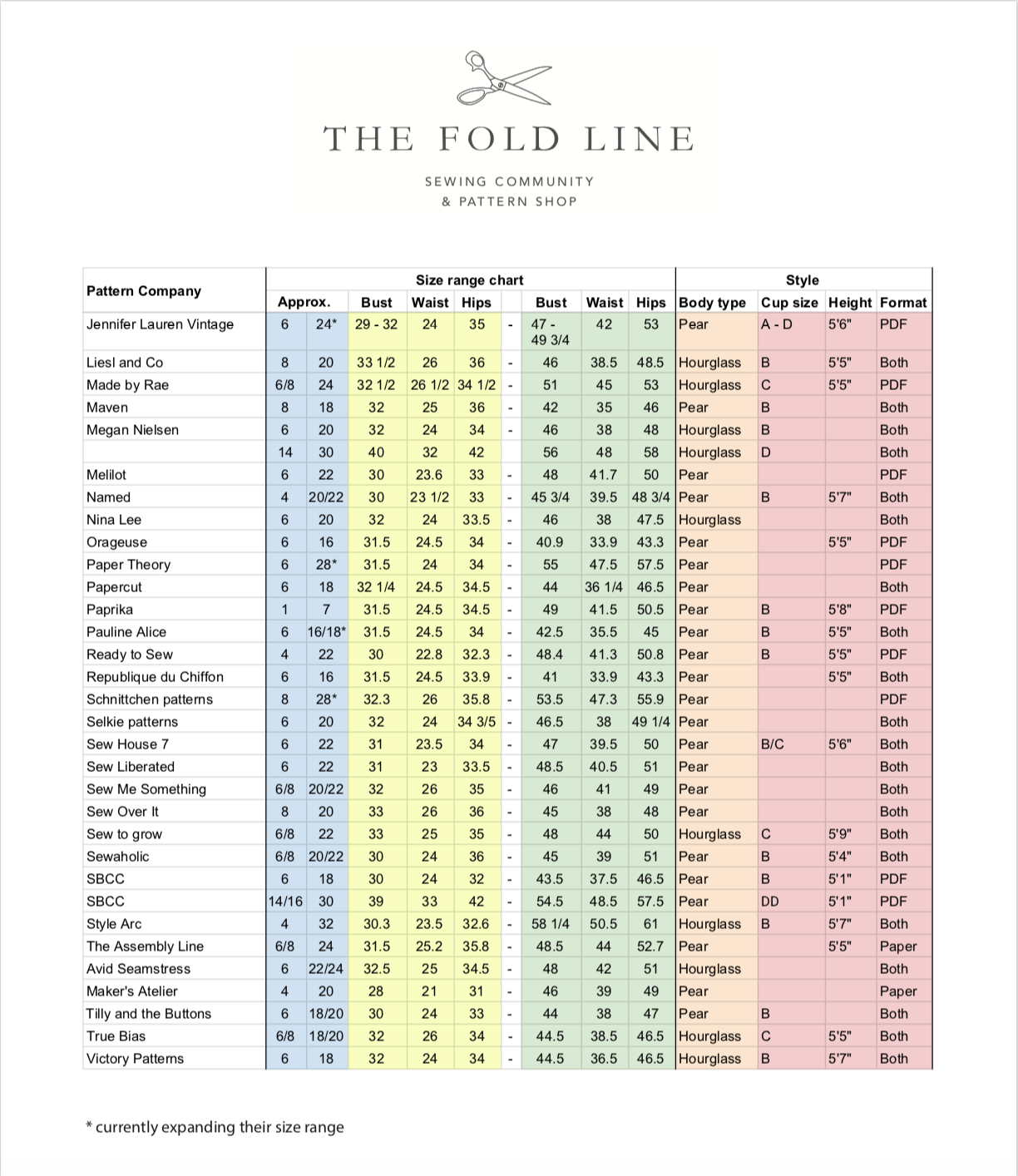
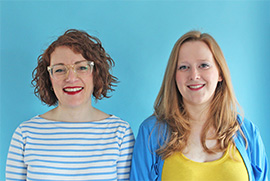
So interesting! There is definitely a need for patterns for different body types. What is it with all the pear shapes!? – especially in larger sizes. I hope new pattern companies see the opportunities here to serve more women. 100 acts of sewing patterns by Sonya Phillips have been amazing for an apple shaped friend of mine.